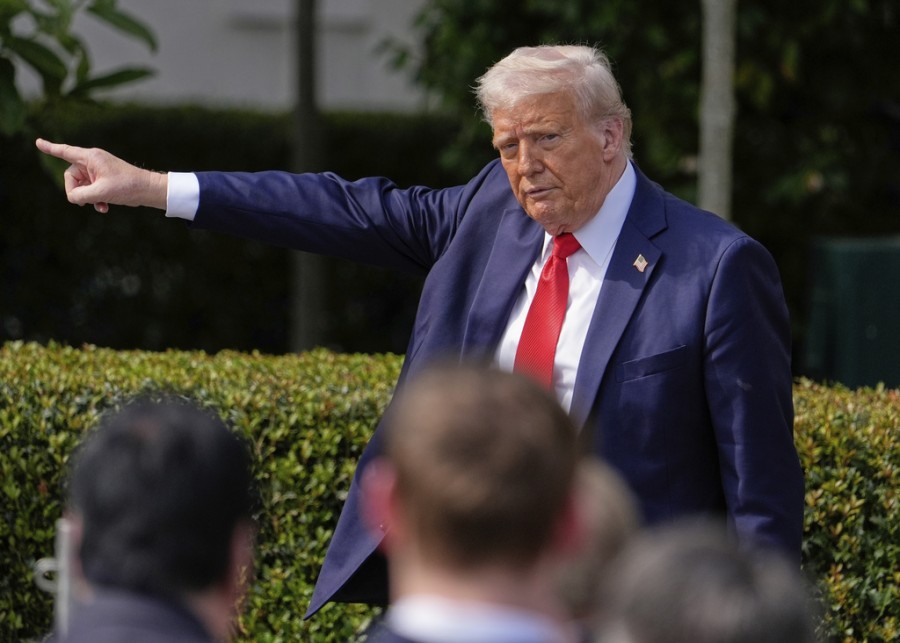WASHINGTON — President Donald Trump on Wednesday joined directly into trade talks with Japanese officials, a sign of the high stakes for the United States as it continues to reach deals.
Trump attended the meeting alongside Treasury Secretary Scott Bessent and Commerce Secretary Howard Lutnick, top economic advisers with a central role in his trade and tariff policies.
“Hopefully something can be worked out which is good (GREAT!) for Japan and the USA!” Trump wrote in a social media post ahead of the meeting.
Afterward, he posted: “A Great Honor to have just met with the Japanese Delegation on Trade. Big Progress!”
Japanese Prime Minister Shigeru Ishiba told reporters Thursday in Tokyo that his chief trade negotiator, Ryosei Akazawa, told him from Washington that the talks were “very candid and constructive.”
“Of course the talks are not easy, but President Trump stated his intention to make this negotiation a top priority,” Ishiba said. “I believe we had talks that lead to a next step.”
Ishiba said he will closely watch how ministerial talks go and plans to visit Washington to meet with Trump at an appropriate time.
Trump's choice to get directly involved in negotiations points to his desire to quickly finalize a slew of trade deals as China is pursuing its own set of agreements.
With Japan charging an average tax rate of 1.9% on other countries' goods and having a longstanding alliance with the U.S., the talks on Wednesday are a crucial indicator of whether the Trump administration can achieve a meaningful deal that reassures the markets, American voters and foreign allies.
U.S. economic rival China, meanwhile, is trying to capitalize on the turmoil around Trump's announcements, with its leader, President Xi Jinping, touring nations of Southeast Asia and promoting his country as a more reliable trade partner.
Japan is among the first countries to start open negotiations with the U.S. Trump and other administration officials have said the phones have been “ringing off the hook” with dozens of countries calling, eager to strike deals with a president who views himself as a master negotiator to avoid tariffs when the 90-day pause ends. Israel and Vietnam have offered to zero out their tariff rates, but Trump has been noncommittal as to whether that would be sufficient.
The Trump administration is seeking to close the $68.5 billion trade deficit with Japan and seeking greater access for U.S. goods in foreign markets, yet the president has also insisted that tariff revenues can be used to pay down the federal budget deficit.
“Japan is coming in today to negotiate Tariffs, the cost of military support, and ‘TRADE FAIRNESS,’” Trump posted Wednesday.
On Thursday, Trump is scheduled to meet with Italian Prime Minister Giorgia Meloni, who will likely be carrying messages on behalf of the European Union about how to resolve the tariffs Trump placed on the 27-state group.
In Washington, Trump has indicated that he also wants to discuss how much the Japanese contribute to the cost of U.S. troops stationed there, largely as a deterrent to China.
Trump’s demand for more defense spending concerns the Japanese government.
Under its national security strategy, Japan aims to double annual defense spending to nearly $10 trillion, or 2% of GDP, in 2027, while there is a concern that Trump may ask for that to be increased to 3% of GDP. Japanese Defense Minister Gen Nakatani said Tuesday that the military budget for this year is about 1.8% of Japan’s GDP.









